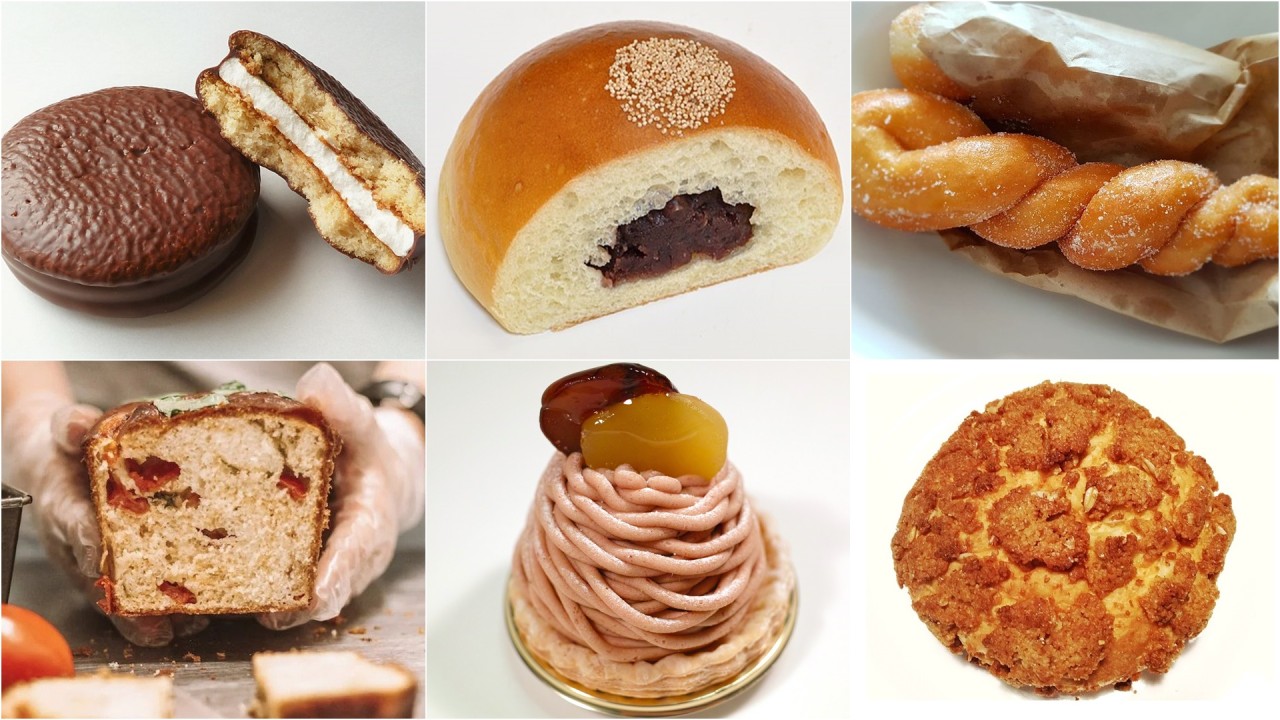Before going on any trip, I search online for restaurants and cafes and work those eateries into my itinerary. These days, my travel plans are getting more complicated because I started adding bakeries and pastry shops en route. Why, you might ask, especially since I don’t like eating baked goods. The whole thing just happened, mostly because I want to do everything that other people are doing.

I was in Jeonju several years ago. My husband, who went out in the morning to get coffee, returned with a puzzled look. “What’s up with everyone walking around with brown paper bags?” he asked. How could he not know? After all, we were in a place known for a certain handcrafted chocolate-covered snack cake with marshmallow filling. When I answered, “Pungnyun Confectionery choco pie,” a look of regret washed over him. “Should we get some, too?” I was thrown off by this, because he doesn’t eat sweets. I don’t eat sweets. We don’t eat sweets. But our not-into-sweets stance crumbled like a cookie when we visited Gunsan this year. My husband happily exclaimed, “Everyone’s carrying one!” This time, “everyone” included us, and we, too, were holding a yellow paper bag from Lee Sung Dang filled with sweet red bean buns and vegetable bread. I don’t know what came over me, but I ended up buying them. I was never a bread-buying sort. Until then.
For Koreans, famous local bakeries have become must-visit destinations for domestic travel. Tourists target many sites per trip, but they make the time out of their busy travel schedules to stand in lines at local bakeries. When in Gurye, you buy bread made from locally grown wheat at a fairly modern bakery. When in Mokpo, you buy a shrimp baguette at an old bakery. When visiting Yesan, you’re entering an apple-pie war zone, so you must search online reviews beforehand to compare the taste and distinct characteristics of different pies offered by competing vendors. If you’re planning to go to Daejeon, brace yourself. Fried soboro streusels and gourmet sandwiches must be consumed on the spot while fresh-cream cakes and Mont Blancs may fare well as frozen treats. Trying to decide what to buy in what quantities can make anyone’s head spin.
It wasn’t always like this. Bakeries in rural areas were mostly businesses that have seen better days, and regional specialties tasted pretty much the same. The shape could be a chestnut, cherry blossom or peach, but inside was just red bean jam. Yep, a red bean bun by any other name is still just that, with no flower petal or fruit to be found. Then one day, I found abalone bread in Wando. A whole abalone inside a pastry! A bizarre idea, but it tasted good. That was the pivotal experience that turned me into a believer, and I began seeking out local-specialty baked goods: bibim-bread in Jeonju (known for bibimbap); jjamppong-bread in Gangneung (known for jjamppong); and large-scallion-bread in Jindo (known for, you guessed it, large scallions).
This time in Gangneung, I bought a bunch of injeolmi cream bread. I don’t eat injeolmi rice cakes or cream pastries, so what gives? Perhaps it was because that type of bread is hard to find elsewhere. Or because it would’ve been a shame to pass by a bakery with no lines. At any rate, it tasted good even for a non-bread-lover like me. Korean baked goods are becoming better known around the world these days, especially kkwagaegi, Korean twisted donuts. Now, that’s a classic treat to suit all taste buds, even of those who’re not into sweets like me.
Translator: Culture Flipper English Team
Original Content in Korean: cultureflipper.com/blog/got-bread-will-travel-ko
Japanese Translation: cultureflipper.com/blog/got-bread-will-travel-ja
